With a Nod to the Past, Space Systems Command Sees Bright Future
At the Los Angeles Air Force Base on October 18, the Space System Command (SSC), the U.S. Space Force’s acquisition arm, hosted a historic installation on its front lawn. The service placed the Centaur III propellant tank and associated engine on permanent display next to the SSC’s main building, #270.
The SSC is responsible for a $16 billion acquisition budget for space capabilities needed to support the Department of Defense’s joint force in the era of great competition.
The ceremony highlighted both the past and how the command is moving forward, officials said at the unveiling attended by SIGNAL Media.
“It is fitting that we're doing this this year, the 70th anniversary of the Western Development Division, the fifth birthday of the United States Space Force and the third birthday of Space Systems Command,” said Col. Michelle Idle, the SSC’s deputy commander.
“As we stand before this impressive artifact, we are reminded of the pioneers who helped us into the stars and the bold visionaries that continue to inspire us today,” said Lt. Col. Sean Granier, commander of the 61st Civil Engineer and Logistics Squadron. “This display serves as a beacon of knowledge, igniting curiosity and fostering a deeper understanding of our shared history of space.”
The Centaur III’s manufacturer, the United Launch Alliance (ULA) donated the artifact and facilitated its move from its previous location in the Mohave Desert, said Marcus Nichols, director of ULA’s Los Angeles Operations. The upper-stage Centaur III tank was designed for the Atlas II and Atlas V rocket ships.
“The Centaur itself is deeply rooted right in our history,” the deputy commander noted. “It first flew in 1962. It has gotten a lot of our capabilities up to orbit. And remember that space starts here, at SSC. This is how we get from here to there, time and time again.”
The tank’s engine on display, an RL-10A-4, was a developmental engine used in many test-engine environments and for interface load testing in the 1990s and 2000s.
“The Centaur, also known as America's workhorse in space, serves as an engineering marvel, representing decades of innovation, achievement and aerospace technology,” explained Col. Granier. “Since the 1960s, the Centaur upper stage has played a vital role in U.S. efforts in space, from the exploration of every planet in our solar system to launching entire satellite constellations.”
Nichols, a former Air Force officer and Academy grad who has spent his career supporting the space domain, cited that the Centaur program has flown over 270 times and launched lunar and interplanetary exploration missions, including the first successful moon lander, the Viking Mars landing and the Voyager spacecraft that explored Jupiter, Saturn, Uranus and Neptune. More recently, the Centaur III, via the Atlas V rocket, launched the Juno probe to Jupiter, the Curiosity rover to Mars, the Cassini vehicle to Saturn, and the New Horizons spacecraft to Pluto.
“It is now on its way to the Kuiper Belt,” Nichols shared.
With both China and Russia presenting a great threat to U.S. and allied operations and assets in space, the SSC, led by Lt. Gen. Philip Garrant, has pivoted to adroitly acquire the capabilities and services needed to support and protect the DoD and its allies in, from and to space. The command is also pursuing efforts to strengthen its acquisition workforce, Col. Idle noted.
“We have pretty aggressive timelines on some of the things we're trying to get after,” Col. Idle stated. “And from an organize, train and equip perspective, which is what Gen. Garrant is really focused on right now, I think you're going to see some new initiatives on how we develop and build our workforce and just help our folks to be as effective and efficient as possible.”
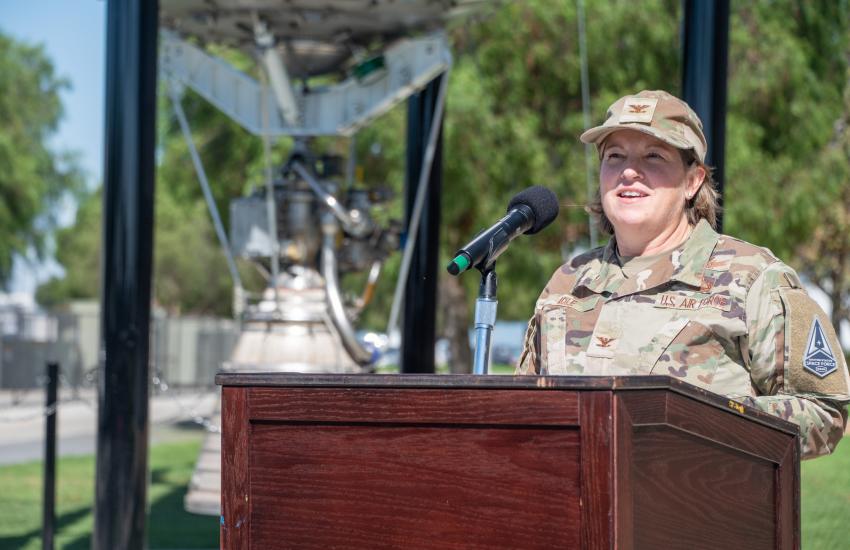
And for the Centaur line that once propelled space assets into uncontested space, the next Centaur capability—the Centaur V—is now needed for missions much further into space.
“Serving as a sentinel for national defense, it has evolved to meet the challenging requirements in space,” Col. Granier confirmed. “The Centaur now serves as the upper stage for the United Launch Alliance Vulcan rocket.”
In fact, Nichols said, the Centaur V on the Vulcan rocket ship can go to “high energy” space. The Vulcan, which flew successfully for the second time earlier this month, has two and a half more times energy and double the endurance of any of its predecessors. And it does not need refueling at enormous distances.
“Centaur V is much more capable for longer durations and high-energy missions,” he stated. “Earth observation satellites a lot of times go to low-Earth orbit. The upper-stage Centaur vehicle and the Vulcan are optimized for higher energy or geostationary orbit or beyond. This rocket can go directly to the sun. In SSC’s next iteration of buying launch [services] or launch vehicles from multiple providers, about half of them are for higher energy because they want to put assets at 22,000 miles away—versus low-Earth orbit, which is 300 to 700 miles away.”
And the SSC is poised to deliver those flying orders as the Space Force moves into the future, the deputy commander added.
“Los Angeles Air Force Base has long been at the forefront of the aerospace advancement,” Col. Idle stated. “And space is not just the final frontier. It's a realm where our dreams take flight and where teamwork across disciplines leads to groundbreaking discoveries.”
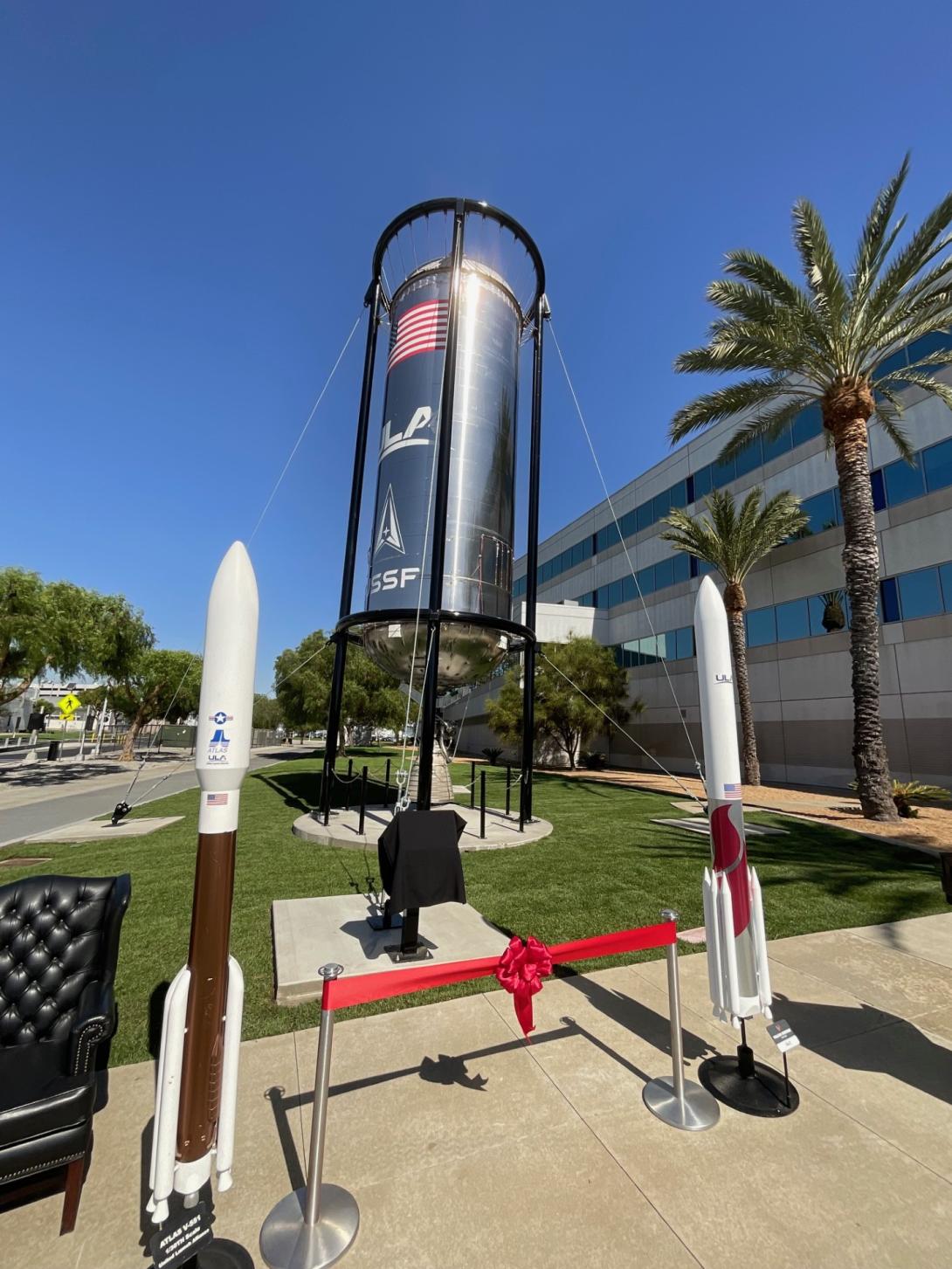

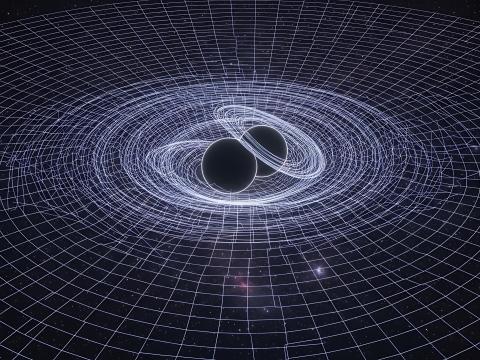
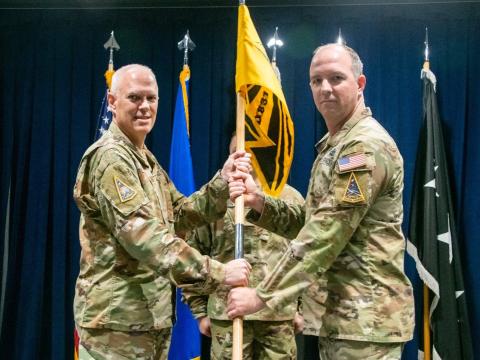
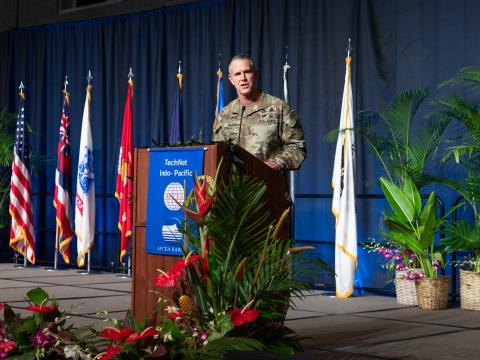
Comments